Utopia on Ice
The Sunny Mountain Ski Dome as allegory of the future
Mark Dorrian
As is well known, the architectural fulcrum of Fourier’s social system was the Phalanstery. Home to his associational community tethered together through the bond of “passionate attraction,” it was a people’s palace that assumed the form of—in Walter Benjamin’s characterization—a “city of arcades.”[3] Importantly, however, it was also a climatological mechanism that took its place within Fourier’s larger providentialist schema, which envisaged the transformation of the global climate through human cultivation.[4] This was, in other words, a vast—but divinely ordained—project of planetary air-conditioning. In his treatise The Theory of the Four Movements (1808), Fourier depicted the aurora borealis as a seminal effusion that could not enter into creative conjunction with its southern counterpart until humankind fulfilled the requisite preparations. These involved increasing the global population to two billion, and the subsequent cultivation of land as far as 65° north. This achievement, Fourier declared, would trigger the emergence of the Northern Crown, a fluidal ring, ignited through contact with the sun, which would pass light and heat to the earth and melt the northern ice. With new land thus released for cultivation, the destined human population of three billion could be fully realized within a newly equalized and temperate global climate.[5] (In a “Land of Cockaigne”–like touch, Fourier claimed that grapes would be grown in St. Petersburg, while the boreal fluid would infuse the sea with citric acid, giving it the pleasant flavor of lemonade).[6] All restrictions having been removed, the epoch of the Earth’s harmonic creations could then, at last, begin.
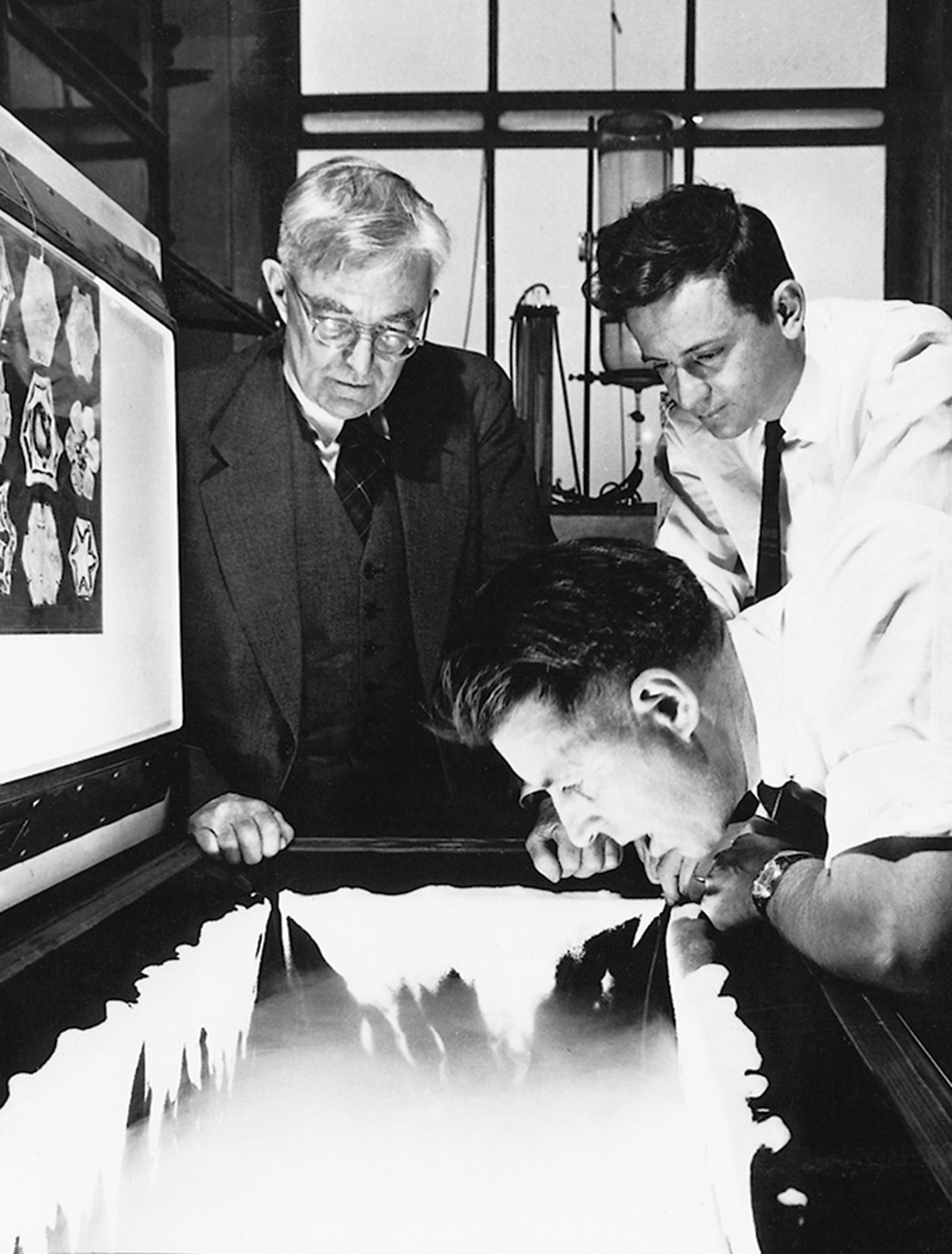
Commenting on Fourier’s followers in pre–Civil War America, William B. Meyer notes that they “made ‘earth subduing’ one of their goals. ... They looked forward to the transformation of the planet, to the removal of ‘those excesses of climate which make a scourge of so large a part of its surface,’ to the eradication of ‘the ices of the poles, and the fatal heats and miasmas of the tropics.’”[7] It was a theme that would be taken up in science fiction novels at the turn of the century, such as A Journey in Other Worlds (1894), written by the hotel founder, property tycoon, and inventor John Jacob Astor IV. Set in 2088, the book envisages various weather control technologies, including rain production induced by atmospheric explosions and so-called “aeriducts,” tubes through which moist air is sucked up before being discharged to cool and condense at a great height. Most interesting for us, however, is its idea of eradicating seasonal extremes and stabilizing temperature within given latitudes by straightening the global axis, a feat that would be achieved through moving ballast in the form of water between the poles. Too much even for 2088, this had not yet been accomplished, although an association dedicated to the project—the Terrestrial Axis Straightening Company—had been formed. Rather ironically, the ice that Astor’s protagonists battle was to be their author’s nemesis, for he was to become the richest fatality in the Titanic disaster.
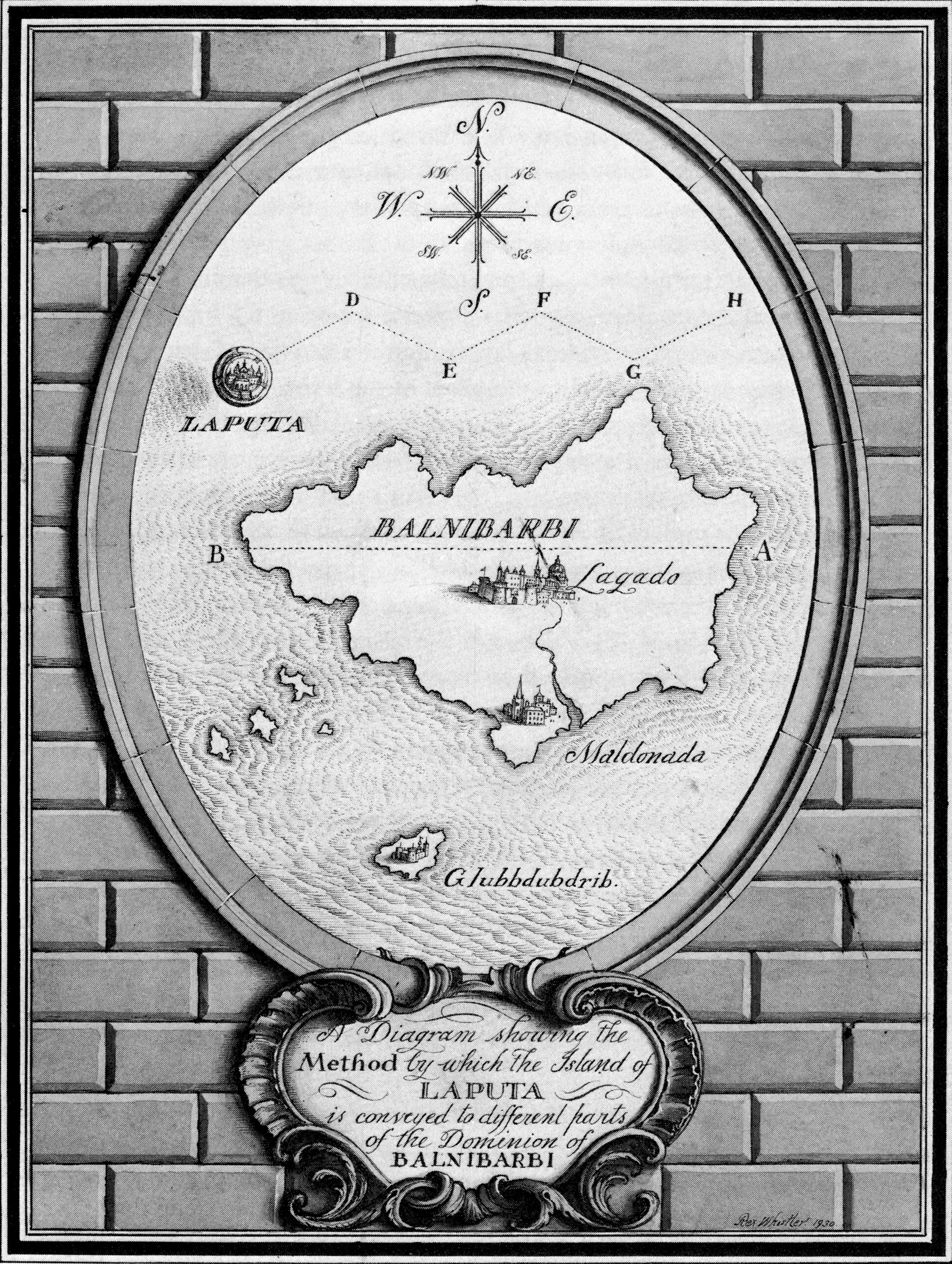
Clearly, axis realignment was in the air at the time, for Astor’s scenario received a twist five years later in Jules Verne’s The Purchase of the North Pole (1899), in which a group of American investors gains rights to mine the area’s mineral deposits, which will entail melting the ice. Although they present this as a prodigious and benevolent act of climatic engineering, public opinion turns against them when it is revealed that they were artillerymen during the Civil War and that they plan to reorient the world’s axis through the recoil of the world’s largest cannon, which they propose to construct and fire.
It is, however, in Jonathan Swift’s Travels into Several Remote Nations of the World … by Lemuel Gulliver (1726), a book in which utopian, scientific, satirical, and travel literatures coalesce into something very much like science fiction, that we find the first imaginings of a new kind of meteorological weaponry, one that anticipates the “atmoterrorism” that Peter Sloterdijk has—surely too restrictively—located in the twentieth century.[9] The relevant section is the journey to the levitating island of Laputa, an enormous, flying saucer–like landmass that dominates the unfortunate kingdom beneath it by, among other measures, a form of bellicose weather control whereby the island hovers above the land underneath, modifying its climate by depriving it of sunlight and rainfall and thus subjecting its inhabitants to drought and famine.
While the utilization of gas in World War I brought a new focus on battlefield climatology, it was in the immediate aftermath of World War II that speculation and research on the weaponization of weather escalated. At the end of 1945, the Princeton University mathematician and game theorist John von Neumann convened a meeting of leading scientists, who concluded that, with new climate modeling techniques, intentional modification of the weather might be possible and that this could have a major impact in another war through, for example, forcing the collapse of Soviet food supplies by creating drought.[10] The military potential of weather modification would find a powerful advocate in Irving Langmuir, whose assistant at the General Electric Corporation’s research and development laboratory, Vincent Schaefer, had in 1946 discovered the principle of cloud seeding. Although research projects proliferated in the following decades, public consciousness of the issue remained low until the early 1970s, when the news broke that the US had used weather modification techniques in Vietnam. A strong domestic backlash followed, with the events the affair set in motion leading eventually to the framing of the UN Convention on the Prohibition of Military or Any Other Hostile Use of Environmental Modification Techniques (known as ENMOD), which entered into force on 5 October 1978 (though it did not come into effect for the US until 17 January 1980).[11]

But it is clear, not least from the 1996 report “Weather as a Force Multiplier: Owning the Weather in 2025”—one “chapter” of the multi-volume study Air Force 2025 that was commissioned by the US Air Force Chief of Staff to speculate on the future of air war over a thirty-year period—that the story doesn’t end there. Significantly, this report is concerned not just to set out what might be technologically possible, but also to project political scenarios in which it could become so, thus placing the question of international treaties and public opinion to the fore. What is striking here is that our contemporary environmental crisis is imagined not as a constraint to, but a lubricant of, acceptability whereby civil concerns drive cultural and technological developments to the advantage of the military. In the narrative constructed by the authors, the demands of globalized business lead to the ever-greater refinement of weather observation and prediction mechanisms. Against this background, the world experiences what are increasingly intolerable stresses resulting from population pressures and environmental degradation (shortages of water, food, etc.). As the report puts it: “Massive life and property losses associated with natural weather disasters become increasingly unacceptable. These pressures prompt governments and/or other organizations who are able to capitalize on the technological advances of the previous 20 years to pursue a highly accurate and reasonably precise weather-modification capability.”[12] With states veritably forced by public opinion in the direction of weather modification, old treaties are revised and less prohibitive new agreements put in their place, opening the door to military opportunity.
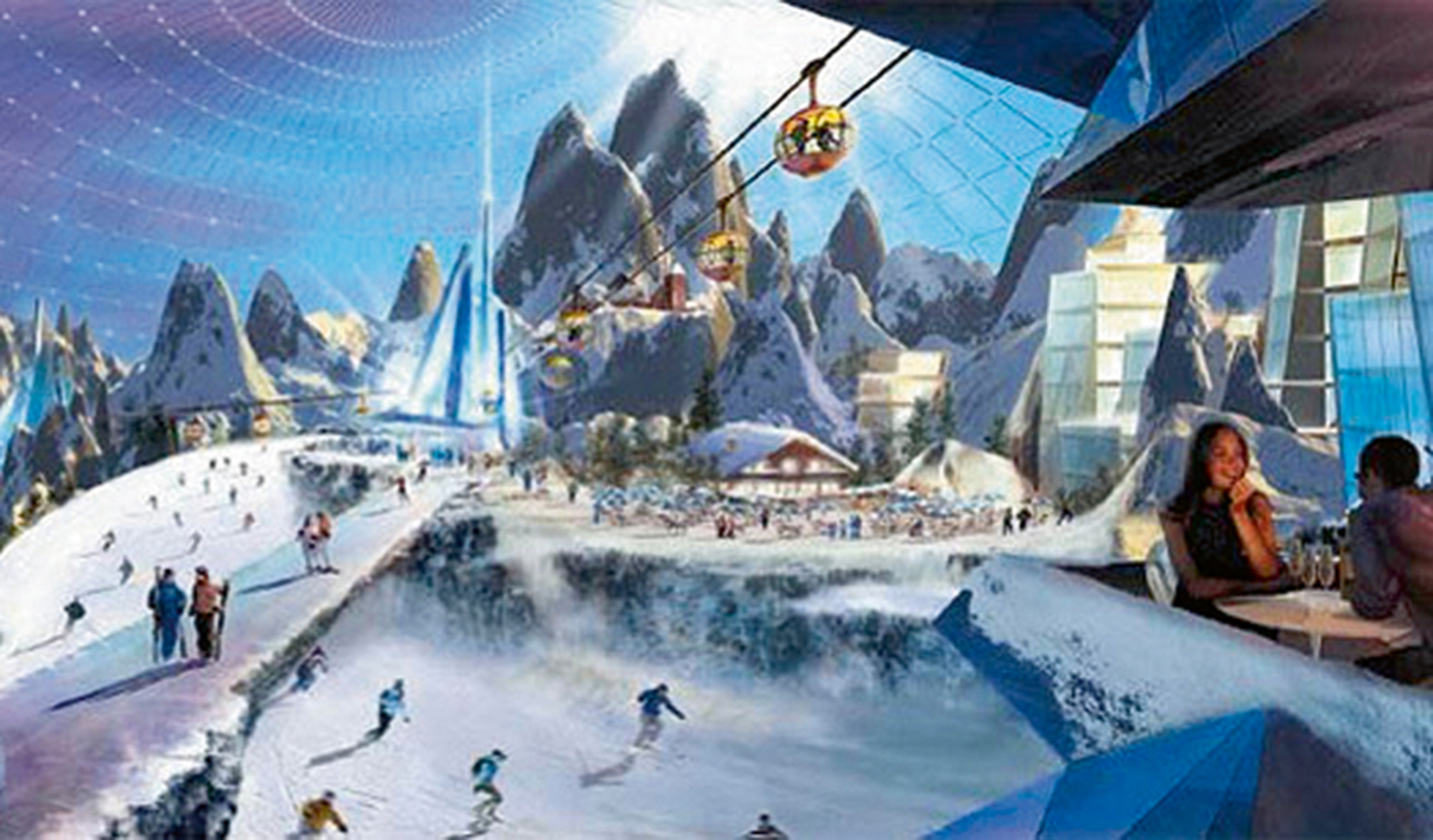
The ski dome, although structurally dissimilar, is an afterimage of Buckminster Fuller’s geodesics with all their complex connotations of autonomy, encapsulation, and world imagery—expressed most potently in the floating globes of Fuller and Shoji Sadao’s “Cloud Nine” project (ca. 1960). Now, a recurring notion within the political history of air-conditioning, in which Fuller’s work participates, is that of weather control as a remedial activity. It is almost as if weather—at least in the imagination of northern white males—is alienation, or at least is a fundamental expression thereof, and that to make reparation, to get back together again, to melt the ice in whatever way we mean (with one another, with nature, with ourselves), we need to get the climate right. From this point of view, air-conditioning in its utopic form might be said to aim at a climatological erotics. Air-conditioning becomes necessary once we are outside paradise (le temps, weather and time, beginning together), but it is also the technological remediation whose promise is to either get us back there again or to deliver it to us for the first time. There is something of this in the ice cap melter Fourier’s otherwise unreasonable emphasis on the glasshouse-like street galleries of his Phalansteries, but also in Le Corbusier’s equally obsessive dream of an ideal internal temperature that should be globally observed (which I suppose, in its aim of universal climatic equalization, is a kind of ice cap melting by proxy). Equally, it is there in Fuller’s famous encapsulation projects, such as the Manhattan dome, which were intended to produce interiors with, in his words, a “Garden of Eden” climate.[14] And it comes as no surprise that technologically facilitated returns to Eden are at the same time returns to Mother, as unmistakably expressed in François Dallegret and Reyner Banham’s Environment Bubble of 1965, an inflatable amniotic sac in which the hum of Mother’s body is replaced by that of the sustaining air-conditioning unit whose output keeps the whole pneumatic structure inflated.
It is in this last project that we glimpse an important point, which is that climatic remediation inevitably involves ideas of a “making free” of air. On the surface, it seems a counterintuitive argument to make—that Banham and Dallegret’s project might in some way be invested in a discourse of air and freedom, of air as the epitome and emblem of freedom, given that it is clearly predicated on atmospheric engineering and manipulation. So what am I suggesting?
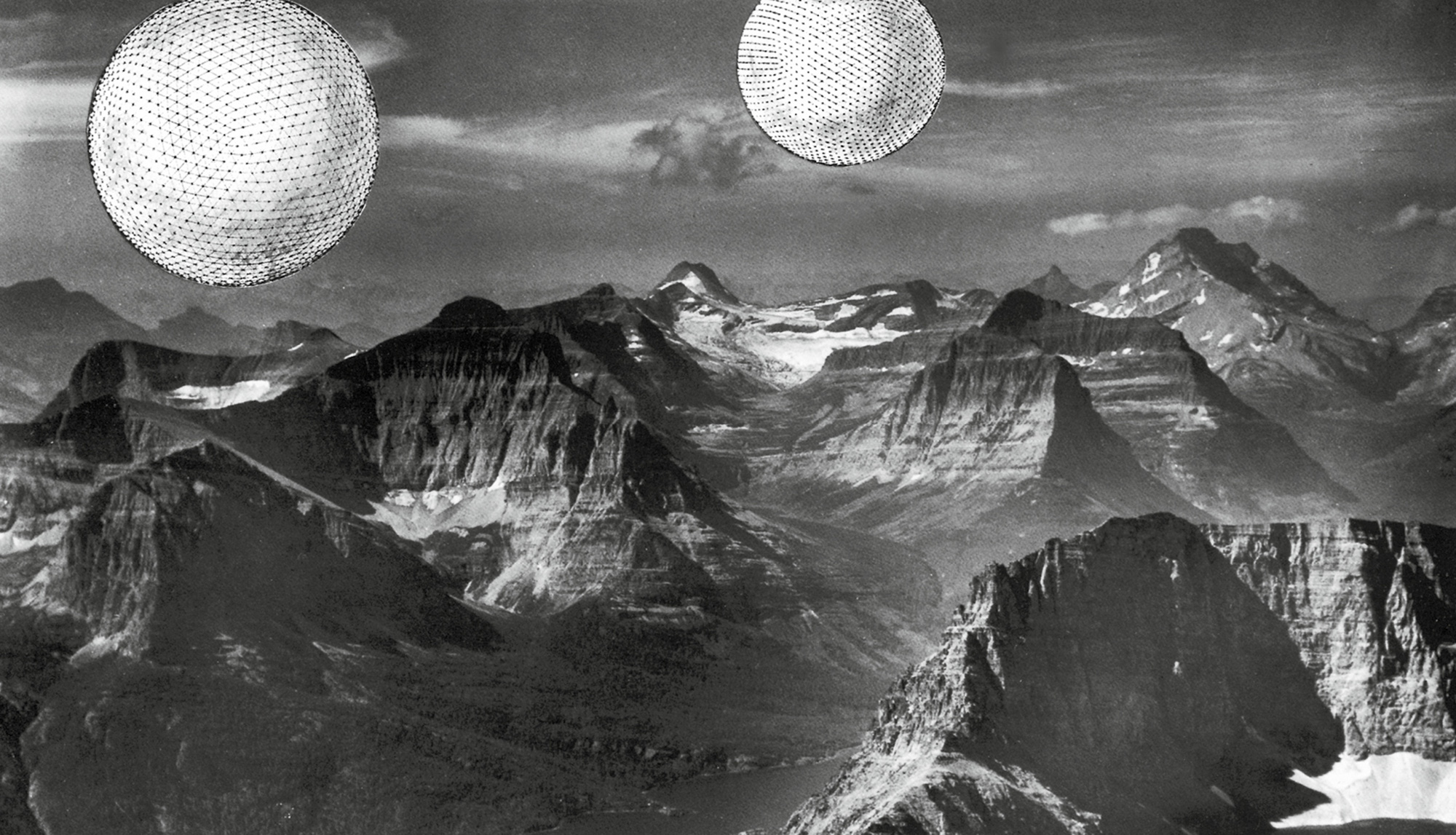
There is a very specific kind of anxiety associated with the subjugation of air, an anxiety especially evident in responses to instances when air is commodified, privatized, or militarized. At the core of this lies air’s enduring role as a cipher for radical freedom, such that the poignancy of its incremental but ever-increasing submission to technology arises from the sense of a final historical closing-off of what it has stood for—that is, of an externality beyond instrumental manipulation. As Adorno might have put it, in the unease we feel at air’s subjugation, there endures a protest against domination, no matter how mythically grounded our belief in air’s freedom is. Moreover, perhaps what contributes most importantly to this felt significance of air’s enchainment is its status as the pre-condition for terrestrial life: something that in being free is also freely given, and, by extension, a commons that through its nature seemed hitherto unencloseable, unable to be stockpiled, and indeed beyond all object-relations. This anterior availability of air is stressed in Luce Irigaray’s well-known reflections on Heidegger’s “forgetting of air.” Here, Heidegger’s “clearing of the opening” in which thought begins is characterized not as an emptiness, but “this field, or open space, where air would still give itself.”[15] Irigaray writes: “No other element is to this extent opening itself—to one who would not have forgotten its nature there is no need for it to open or re-open. No other element is as light, as free, and as much in the ‘fundamental’ mode of a permanent, available, ‘there is.’”[16]
It is suggestive to articulate these reflections with those of the American sanitary reformer John H. Griscom, who, in his 1848 book The Uses and Abuses of Air, asked: “When was a deficient supply of air ever known, except through the agency of man himself, in his folly and ignorance? Providence has furnished us with an ocean of it, fifty miles deep, and placed us at the bottom, where its pressure enables us to obtain it in exhaustless profusion, and perfect purity.” When a child is hungry, he goes on, its wailing must be heard by its mother, but “as to the air, without a care or a thought, without labor or sensation, the little animal instinctively expands its chest, and lives.”[17] The implication here is clear. Our relationship with the air, in its free-givenness, is the point at which something of the paradisiacal condition of the prenatal seems to endure, even after birth: that is to say, an immediate and freely given plenitude, in which conditions of lack and excess are unknown, and thus the necessity for such “external” forms of communication such as the infant’s cry of discomfort has not yet arisen. Dallegret and Banham’s project seems to take up this understanding and rhetorically converge air, air’s meaning—or at least the meaning of air’s freedom—as prenatality, and the fantasy of a technologically enabled return to that state. The paradox of engineered freedom is filtered through the underlying logic of technological remediation. It is the same with Le Corbusier, who could present his fanatically engineered “exact air” as “good, true God-given air,” as opposed to the “devil’s air” of cities.[18]
In the extreme climatic juxtaposition that it effects, the ski dome allegorizes the interiorization of “nature” characteristic of the anthropocene, at least if by that we mean “pristine nature” (and for nature to be nature as it is conventionally differentiated from culture, it must always be pristine: that is, nature always appears to be most itself when it is “untouched”). Through the paradoxical logic of technological remediation, the ski dome reproduces nature as an interior condition—more pure, less polluted, and hence more “itself” than in the world beyond, albeit now as commodity. It is revealing that the advertising for the ski dome promises “Arctic experiences” and not those offered by a resort like St. Moritz or Chamonix. Who, after all, skis in the Arctic? The reason for this displacement is that, ideologically, the development is an interiorization of a climatic zone as much as it is a resort, one that, in a broader sense, becomes emblematic of the future interiorization of nature itself insofar as the Arctic stands for it in its most pure, untouched, virginal, and whitest state.
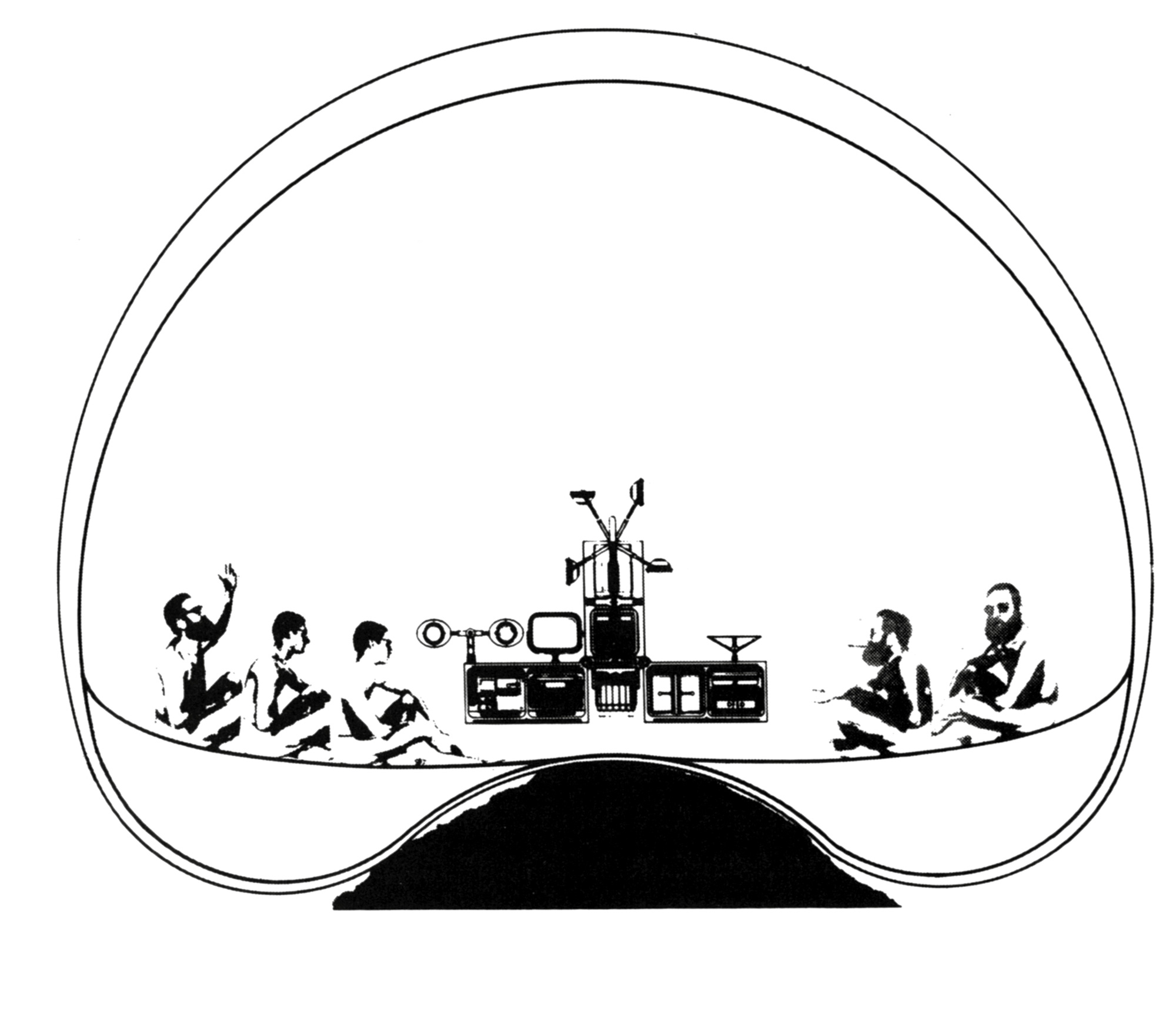
Moreover, it is striking how the figure of a ski dome in the desert uncannily returns us to the arid landscapes in which the encapsulative climatic utopias of the 1960s and 1970s were characteristically set. At the time, this iconographic motif intersected with both Cold War survivalist anxieties and fantasies of interplanetary colonization: the desert might be that of a post-nuclear earth or of an alien planet, or even a combination of the two—a post-apocalyptic earth become alien. The project to implant a piece of the Arctic in the desert reproduces this gesture, but re-codes it in terms of contemporary ecological catastrophe and prospective environmental collapse. The cynicism of the project is the direct and instrumental connection between the refrigerated interior as the space of consumption and the decay of the exterior environment as the space of labor. Is it too much to claim that in the fundamental conceit of this project—that is, hyperbolic climatic differential as commodity—this destruction is incorporated as a pleasure principle?
But perhaps ultimately what the ski dome points to is a shift in the “human park” that is the aim of air-conditioning, away from the utopic and singular Garden of Eden (a communal space of dedifferentiation) and toward divergent spaces of climatic simulation and consumption. This, in turn, suggests a genealogy of visual form that might have as much to do with the history of the zoological diorama or “habitat group” as anything else. The tendency has been to see the Dubai developments as radically unresponsive to present environmental realities, and one cannot help but agree with this. However, one must also admit that they represent a commodity form whose logic is absolutely attuned to them, capitalizing on the anxieties and desires that attend life on an atrophying planet. As part of Dubai’s development strategy, the ski dome gives us an intimation of what a new atmospherically based statecraft would look like, one calibrated to emergent conditions of scarcity within a planetary environment and economy.
- Sir Thomas More, Utopia (New York: W.W. Norton & Company, 1975), pp. 34–35.
- Le Corbusier, The Radiant City, trans. Pamela Knight, Eleanor Levieux and Derek Coltman (London: Faber and Faber, 1967), p. 42.
- Walter Benjamin, “Paris, Capital of the Nineteenth Century” in The Arcades Project, ed. Rolf Tiedemann, trans. Howard Eiland and Kevin McLoughlin (Cambridge, MA: Belknap Press of Harvard University Press, 1999), pp. 14–26, esp. p. 17.
- Jonathan Beecher, Charles Fourier: The Visionary and His World (Berkeley: University of California Press, 1986), p. 224.
- Charles Fourier, The Theory of the Four Movements and of the General Destinies (Cambridge: Cambridge University Press, 1996), pp. 47–48.
- Ibid., p. 50.
- William B. Meyer, “Edward Bellamy and the Weather of Utopia,” Geographical Review, vol. 94, no. 1 (January 2004), pp. 43–52.
- See the discussion in Paul Baines, “‘Able Mechanick’: The Life and Adventures of Peter Wilkins and the Eighteenth-Century Fantastic Voyage,” in David Seed, ed., Anticipations: Essays on Early Science Fiction and Its Precursors (Liverpool: Liverpool University Press, 1995), pp. 1–25.
- Peter Sloterdijk, Terror from the Air, trans. Amy Patton and Steve Corcoran (Los Angeles: Semiotext[e], 2009).
- Spencer Weart, “Climate Modification Schemes” (June 2011). Available at aip.org/history/climate/RainMake.htm [link defunct—Eds.].
- See chapter 6 of James Rodger Fleming, Fixing the Sky: The Checkered History of Weather and Climate Control (New York: Columbia University Press, 2010).
- Colonel Tamzy J. House et al., “Weather as a Force Multiplier: Owning the Weather in 2025” (1996). Available at fas.org/spp/military/docops/usaf/2025/v3c15/v3c15-2.htm#v3c15--2 [link defunct—Eds.].
- See skidubai.com/dubai/mountain-ski-dome. A much smaller ski resort located in the Mall of the Emirates opened in 2005.
- See for instance, Fuller’s comments on his American Pavilion for Expo 67 in Montreal, cited in John Allwood, The Great Exhibitions (London: Studio Vista, 1977), p. 169.
- Luce Irigaray, The Forgetting of Air in Martin Heidegger (London: The Athlone Press, 1999), p. 5.
- Ibid., p. 8.
- John H. Griscom, The Uses and Abuses of Air: Showing Its Influences in Sustaining Life, and Producing Disease; With Remarks on the Ventilation of Houses (New York: J. S. Redfield, 1848), pp. 6–7.
- Le Corbusier, The Radiant City, pp. 40–41.
Mark Dorrian is professor of architecture research at Newcastle University and co-director of the design atelier Metis. His essay on robotic weapons, “Welcome to the Dronosphere,” is forthcoming in the Retort Pamphlet Series from PM Press.
Spotted an error? Email us at corrections at cabinetmagazine dot org.
If you’ve enjoyed the free articles that we offer on our site, please consider subscribing to our nonprofit magazine. You get twelve online issues and unlimited access to all our archives.